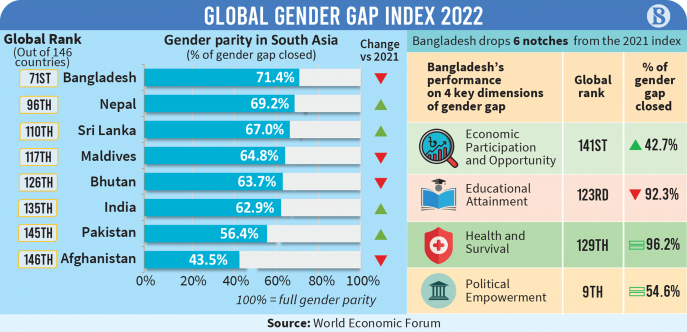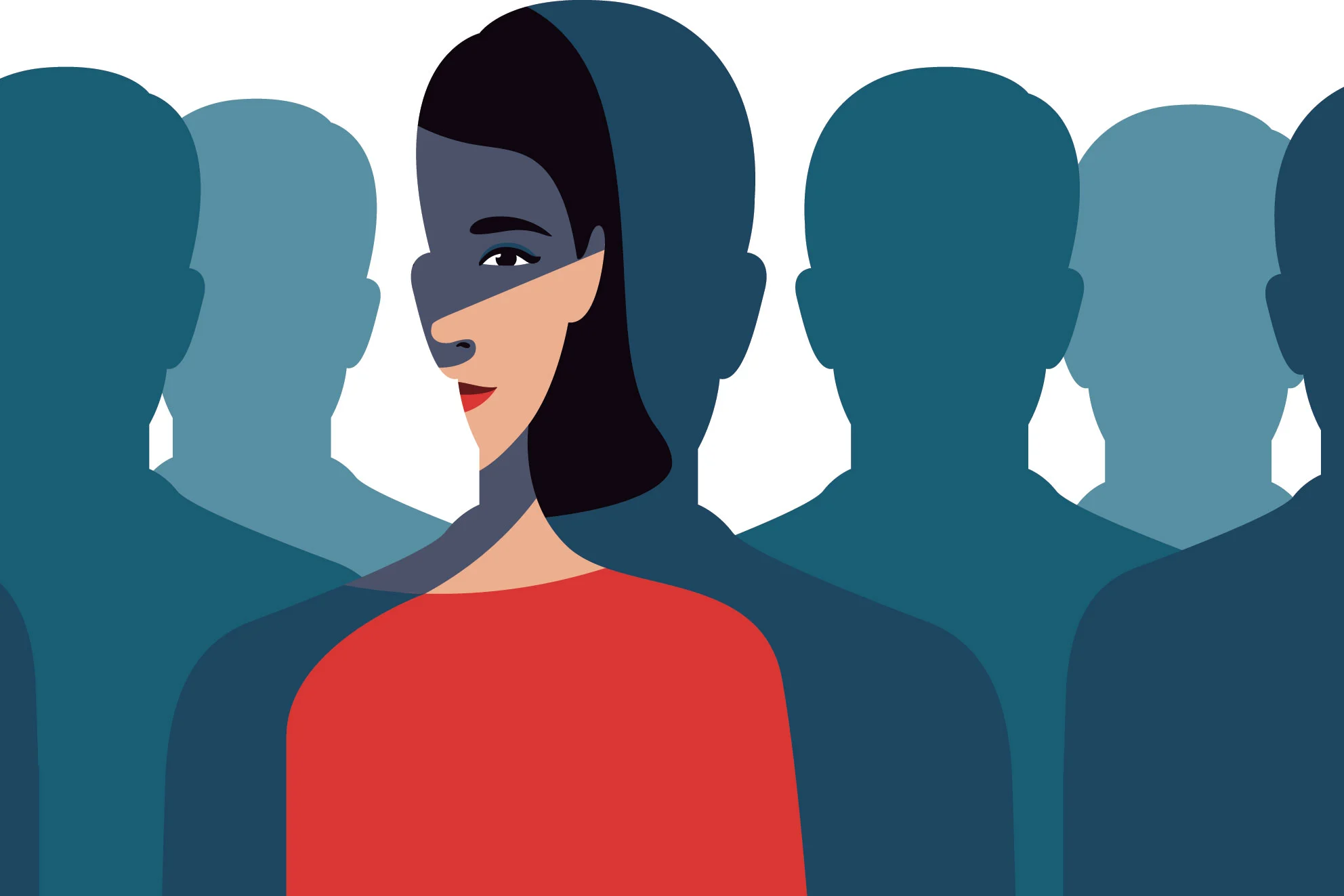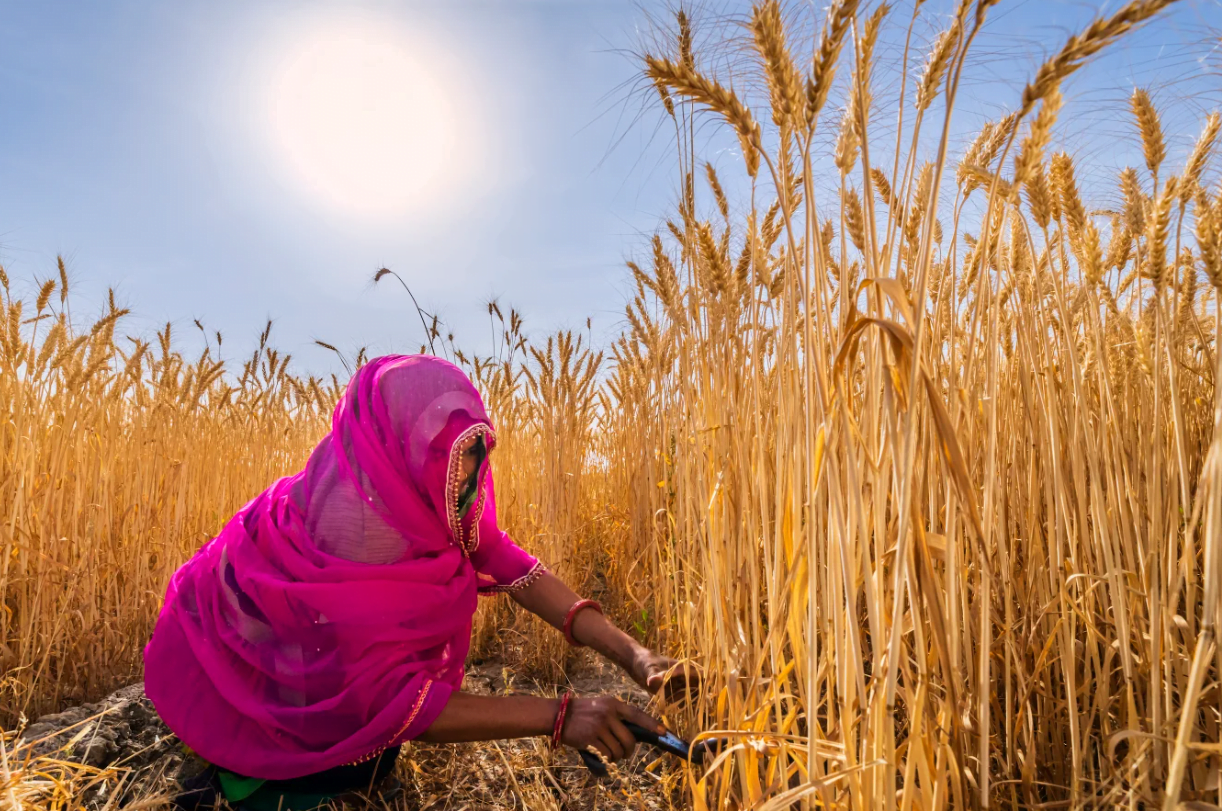The annual Global Gender Gap Report (GGGR) or Index, is an instrument used by the World Economic Forum (WEF) to highlight where different countries stand on gender parity in comparison to their positions in the previous year. The Report investigates whether the countries have progressed or plummeted in terms of gender equality.
This index commenced back in 2006 and gives comprehensive data based on four key dimensions, namely – economic participation and opportunity, educational attainment, survival and health, and political empowerment. The GGGR helps countries track their progress, and fosters healthy competition to achieve gender equity goals. Countries can treat each other as examples and learn from each other’s experiences, policies, and programs, and also look at what works and what does not, in an attempt to bridge gender gap effectively.
This year, the index reveals that the gender gap has been closed at 68.1 percent globally, and if we move forward at a similar pace of progression, it would take us almost 132 years to reach complete gender equivalence all over the world.

The Global Gender Gap Report 2022, and India’s Rank
In the report published in July 2022, out of 146 countries, India is placed at 135. In comparison to the year before, where we ranked 140 out of 156, India has slightly improved its position. India scored 0.629 this year, which indicates an increment of 0.003 from last year when it scored 0.625.
It is evident from the report that the progressive walk towards a gender-just world is rather slow, despite the obvious need for it. Gender equality is not only important for moral and human reasons but also economic and developmental reasons. Any development that does not include gender justice is not fruitful, as it sidelines and marginalises a significant section of the population. Gender justice can be seen as a key component of economic development as well. Including women and gender minorities in decisions and policy-making is crucial, as this provides a more inclusive ground for growth
When we come to the sub-indices, in the educational attainment category, India ranked 107 in 2022, whereas in 2021, we ranked 114 out of 156 countries. In the economic participation and opportunity category, India is placed at a low 143 out of 146 countries. Below India stand Iran, Pakistan, and Afghanistan respectively. India is placed 48 in the political empowerment area and as for the health and survival sub-index, India lined up at the very bottom and performed the worst, worldwide.
The South Asia region is the poorest performer in closing the gender gap out of the eight regions around the world with a 62.4 percent score. India’s neighbouring nations have also been included in the list, with Bangladesh at a global rank of 71, Pakistan and Afghanistan at 145 and 146 respectively, Nepal at 96, and Bhutan at the 126th rank. Sri Lanka holds the 110th position.
Though a completely gender-just world is still a far-fetched reality, some countries are still appreciably close to the mark. Iceland, Finland, and Norway bagged the top three positions with a score of 90.8 percent, 86 percent, and 84.5 percent respectively.
Also read: Women In STEM: Digital Technology Can Aid In Reducing Gender Gap
The COVID-19 pandemic has had a lasting impact on gender equality. It has stalled development all over the world and exposed gender-based violence. The inequality in the workplace faced by women became even more intense in the wake of Covid. As per the International Labour Organisation, more women would face a setback to regain employment than men during the Covid-19 recovery period.
Healthcare and education are especially important for women and individuals from gender minorities, because they bear the social and health costs of systemic gender discrimination the most. This affects their access, productivity, and quality of life. Efforts must be made to address each developmental parameter with a gender lens and include the requirements of every gender in framing policies, making decisions, and allotting resources, so that the gender gap does not take indiscriminate time to close
It is evident from the report that the progressive walk towards a gender-just world is rather slow, despite the obvious need for it. Gender equality is not only important for moral and human reasons but also for economic and developmental reasons. Any development that does not include gender justice is not fruitful, as it sidelines and marginalises a significant section of the population.
Gender justice can be seen as a key component of economic development as well. Including women and gender minorities in decisions and policy-making is crucial, as this provides a more inclusive ground for growth.
The inconsistency in the way men and women are treated gives birth to several independent, yet fundamental problems which make the lives of women more and more vulnerable. Women get stuck in loops of perpetual problems like poverty, unemployment, and health complications which include mental as well as physiological issues. When we take the case of trans and queer individuals, the situation is even worse.
In India, the gender gap between men and women in the labour force is 50.9 per cent. An individual is considered as part of the labour force when they are working, or are looking for employment. 70.1 per cent of the participants in the labour force are men, while the percentage of women is significantly less and accounts for only 19.2 per cent.
Women who do get jobs, often get paid less in comparison to their male counterparts holding the same position. At other times, the quality of their work and working conditions is very poor, increasing hazards for them. Disadvantages faced by women can be social, physical, mental, economic, and financial, fewer educational opportunities, and so on and so forth.
Healthcare and education are especially important for women and individuals from gender minorities because they bear the social and health costs of systemic gender discrimination the most. This affects their access, productivity, and quality of life.
Efforts must be made to address each developmental parameter with a gender lens and include the requirements of every gender in framing policies, making decisions, and allotting resources, so that the gender gap does not take indiscriminate time to close.
Also read: Addressing The Gender Gap In COVID-19 Vaccination Drive In India
Featured Image Source: TIME





https://chng.it/VZhGWbk6SJ